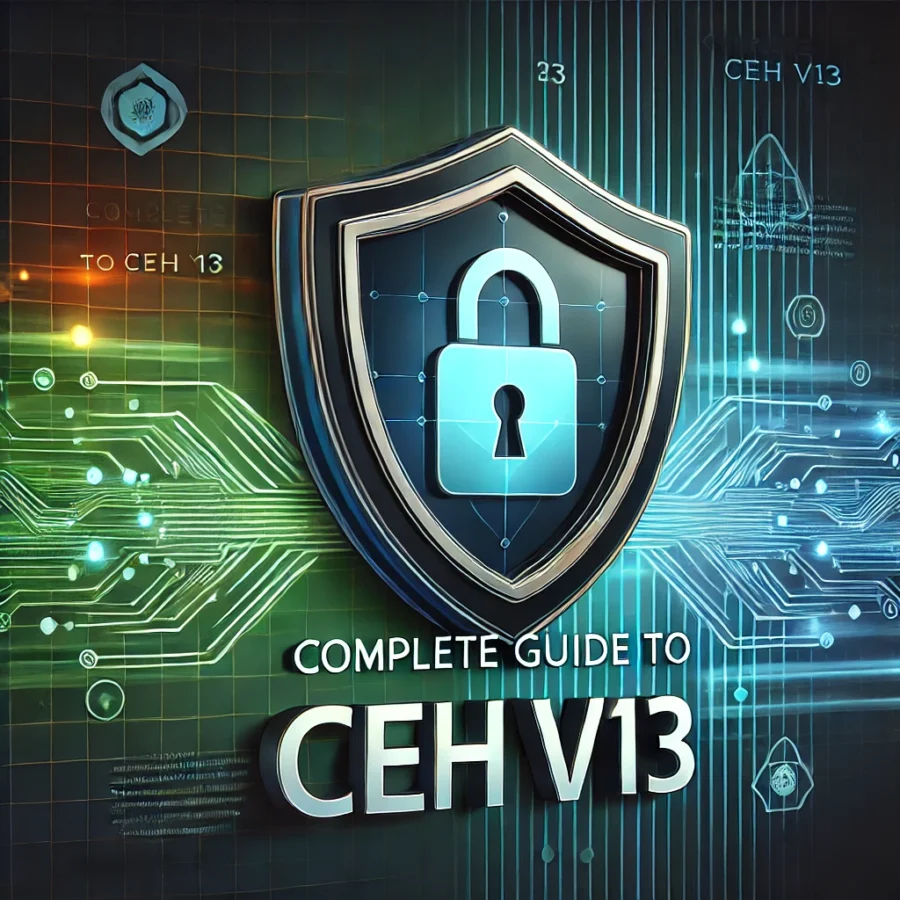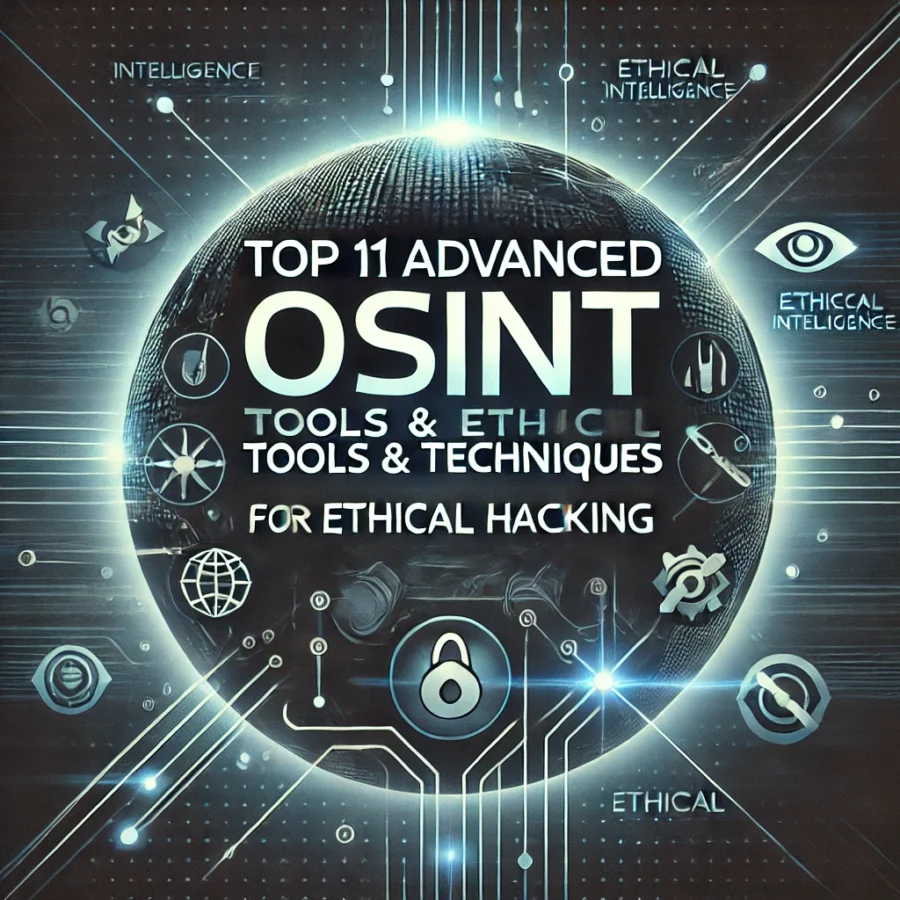Are you using Suricata IDS and want to visualize your network alerts in real-time without constantly digging through log files? You’re in the right place! While Suricata is known for its command-line power, integrating it with a Graphical User Interface (GUI) can provide you with visual dashboards, easy-to-read alerts, and intuitive rule management. 🚀
This guide will take you through the process of monitoring Suricata using tools like Kibana, EveBox, and Scirius, making it easier to manage your network security and respond to threats quickly.
📊 Why Monitor Suricata IDS Using a GUI?
Suricata is a fantastic IDS, but without proper visualization, you might miss critical events hidden in your logs. Here’s why you should use a GUI:
- 👁️ Visualize Alerts: Easily view network traffic patterns, intrusion attempts, and alert summaries.
- ⚙️ Simplify Rule Management: Enable, disable, or modify rules without editing files manually.
- ⏱️ Real-Time Monitoring: Get real-time updates and alert notifications directly in your dashboard.
- 🔍 Filter and Search: Quickly filter out the noise to focus on important events.
🛠️ Prerequisites for GUI Monitoring
Before you start, make sure you have the following:
- Suricata installed on your system (either Windows, Linux, or macOS).
- Packet capturing tools: WinPcap or Npcap on Windows, or a similar tool for Linux.
- A GUI tool such as Kibana, EveBox, or Scirius for visualization.
- Some basic knowledge of working with network logs and alert data. 🔧
⚙️ 1. Setting Up Kibana and Elasticsearch for Suricata Monitoring
Elastic Stack (Elasticsearch, Logstash, and Kibana) is one of the most powerful ways to monitor and visualize Suricata data. With it, you can create custom dashboards, set alerts, and filter traffic in real-time.
Step-by-Step Guide to Kibana Setup:
Step 1: Installing Elasticsearch 📥
- Download Elasticsearch: Visit the official Elasticsearch site and download the version compatible with your OS.
- Install Elasticsearch: Once downloaded, follow the instructions for your system.
- Start Elasticsearch:
./bin/elasticsearchElasticsearch will run on http://localhost:9200 by default.
Step 2: Configuring Logstash to Ingest Suricata Logs 📂
- Download Logstash: Head to the Logstash download page and install it.
- Configure Logstash: Create a configuration file
logstash-suricata.conffor Suricata logs:
input {
file {
path => "/path/to/suricata/logs/eve.json"
start_position => "beginning"
codec => "json"
}
}
output {
elasticsearch {
hosts => ["localhost:9200"]
index => "suricata-%{+YYYY.MM.dd}"
}
}This will send Suricata’s eve.json logs into Elasticsearch.
3. Run Logstash:
./bin/logstash -f logstash-suricata.confStep 3: Installing and Configuring Kibana 🎨
- Download Kibana: Grab it from the Kibana download page.
- Start Kibana:
./bin/kibanaKibana will be accessible at http://localhost:5601.
Step 4: Visualizing Suricata Data in Kibana 📊
- Create an Index Pattern:
- Go to Management > Stack Management > Index Patterns and create an index pattern for
suricata-*to map Suricata’s data. - Set
@timestampas the primary time field.
- Go to Management > Stack Management > Index Patterns and create an index pattern for
- Create Visualizations:
- Use Kibana’s Visualize and Dashboard options to create custom charts and tables.
- Examples of dashboards:
- Top Alerts: Show the most triggered alerts.
- Traffic by Source/Destination IP: Visualize network traffic by IP address.
- Port Scans: Display data related to port scanning activities.
You now have a powerful visual tool for analyzing Suricata traffic, complete with dashboards and real-time alerts! 🎉
🖥️ 2. Using EveBox for Real-Time Alert Monitoring
If you’re looking for a simpler, lightweight solution for real-time Suricata alert monitoring, EveBox is a great choice. It provides a web-based front-end for Suricata, making it easy to classify and analyze alerts without installing complex infrastructures like the Elastic Stack.
Step-by-Step Guide for Setting Up EveBox:
Step 1: Install EveBox 🖥️
- Download EveBox: Go to EveBox GitHub Releases and download the appropriate release.
- Run EveBox:
evebox server --datastore /path/to/suricata/logs/EveBox will start as a local web server, serving the Suricata alerts from your logs.
Step 2: Access EveBox in Your Browser 🌐
- Open a browser and go to
http://localhost:5636. You’ll now be able to see a clean, easy-to-use interface showing real-time Suricata alerts and events.
Step 3: Explore EveBox Features 🎯
- Alerts Dashboard: Easily view all alerts generated by Suricata in real time.
- Event Classification: Mark events as escalated, resolved, or in need of further investigation.
- Search and Filter: Use built-in search filters to find specific types of alerts or network events quickly.
With EveBox, you can have a simple yet powerful interface to monitor Suricata in real time, without the overhead of a full Elastic Stack setup.
🖱️ 3. Using Scirius for GUI Rule Management and Monitoring
Scirius is a great tool if you’re looking for more comprehensive rule management along with monitoring capabilities. It integrates seamlessly with Suricata, allowing you to manage and deploy rules using a user-friendly interface. 🎯
Step-by-Step Guide for Setting Up Scirius:
Step 1: Install Scirius 📥
- Download Scirius: Visit the Scirius Community Edition page and follow the installation instructions.
- Install and Configure: After installation, make sure Scirius is pointing to your Suricata
eve.jsonlogs for real-time alert monitoring.
Step 2: Access Scirius via Browser 🌐
- Open a browser and navigate to
http://localhost:5000. This will load the Scirius interface, where you can monitor alerts and manage your Suricata rules.
Step 3: Use Scirius for Rule Management 📝
- Enable/Disable Rules: Use the rule manager to easily turn Suricata rules on or off.
- Create Custom Rules: You can add new custom rules directly via the GUI.
- Monitor Traffic: Scirius also provides basic monitoring capabilities, letting you visualize traffic that matches your rules in real time.
Scirius makes it easy to manage complex rule sets and analyze Suricata data without needing to edit rule files manually.
🎉 Conclusion: Visualize and Manage Suricata Like a Pro!
Monitoring Suricata IDS through a GUI is a game-changer for network security professionals. By integrating tools like Kibana, EveBox, or Scirius, you can bring real-time insights, simplified rule management, and advanced visualizations into your security operations. Whether you prefer the comprehensive Elastic Stack, the simplicity of EveBox, or the rule management power of Scirius, each tool brings its own strengths to the table. 🔥
Start using these tools today to make your Suricata IDS more efficient, powerful, and easier to manage! 💻✨



